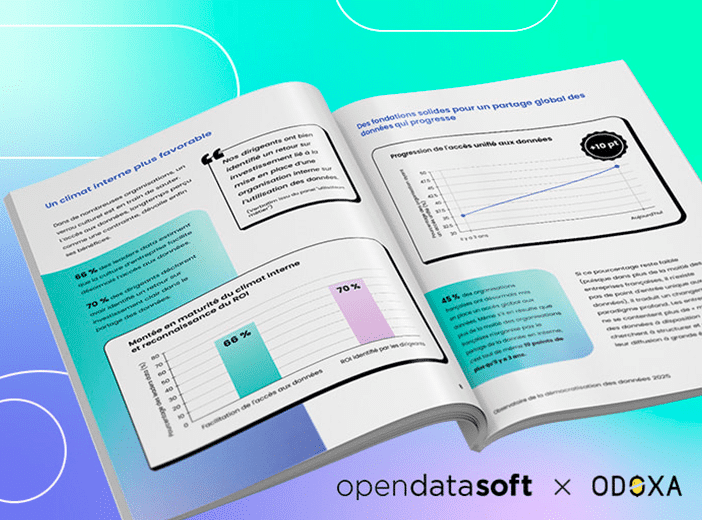Glossary
Open source
Open source software (OSS) is software and source code released under a license that grants users the rights to use, modify, and distribute it.
This approach enables constant improvement and development by programmers with a wide range of skills and perspectives. The “open source way” is based on key principles of open exchange, collaborative participation, rapid prototyping, transparency, meritocracy, and community-oriented development. What is open source software? What are its advantages?
Open source and free software
The open source movement began with the development of free software in the 1980s. Examples of early free software projects include the TeX typesetting system and the GNU operating system. As the movement developed, it focused on how the open source model could help businesses, rather than just academics and hobbyists.
Open source software (OSS) is developed in a collaborative and decentralized way, by an open source community (not by a particular company or organization). This allows OSS to have a high degree of longevity, since all members of the community can develop the code. Most importantly, open code encourages peer review to limit the risk of error. Openness is backed up by a licensing model where users have the rights to use, enhance, and distribute the software and its source code to anyone and for any purpose.
Today, it is much more than just free software. It is a way of working and a production model. Its central idea is to create by collaborating. The values of open source solutions are based on collaboration, communication and openness. These same principles also apply to open data.
Examples of well-known open source software include Linux, VLC, LibreOffice, and Mozilla Firefox.
The principles of open source
In order to promote collaborative work and the search for solutions, OSS is based on eight main principles:
- Redistribution: the OSS and its successive modifications can be redistributed.
- Source code: the source code must be included in the program, in order to promote its distribution.
- Modification: everyone should have access to the source code so that they can easily modify it.
- Integrity: the software can be used, modified or redistributed under a free license, provided that the license remains the same.
- No discrimination: whether against persons, groups or areas of activity.
- Non-specificity: the software license should not be product specific.
- No restrictions: the program can be used for any purpose.
- Neutrality: the code must be designed in a neutral way, in terms of technology and design.
While open source is often equated with free software, it does not necessarily mean that it is free of cost. Here, the word “free” refers more to the concept of freedom than to free (not paid for) software.
The difference between open source and closed source code
OSS is different to proprietary software. Proprietary software is completely protected, because only the publisher of that software can access its source code.
Because of this, the source code cannot be modified or used freely (closed source code). Moreover, users have to pay a fee to use it. They must also use the software in accordance with the terms and conditions of the proprietary license.
The advantages of open source
As mentioned previously, it is not limited to software development. This is very important, because this methodology offers users and designers multiple advantages:
- The potential for innovation: OSS can continue to evolve infinitely as long as users have access to it. This makes it possible to continue to find innovative solutions and to improve the program.
- The formation of a community: for companies, open source software can attract many developers who want to work on their project.
- Sharing: because it can be freely used, it promotes collective intelligence. This makes it possible to develop new projects which are relevant and useful.
- Adaptability: because the code is free, it can be adapted to each user.
- Cost: it often costs nothing, or the cost is very low compared to other proprietary software. However, some work may be needed to ensure that the code meets the specific needs of a business.
- Security: given it is studied and developed by a wide community of people, it is easy for anyone to spot and correct errors before they become major issues. Consequently many believe that OSS is more secure and stable than closed/proprietary solutions.
Learn more



